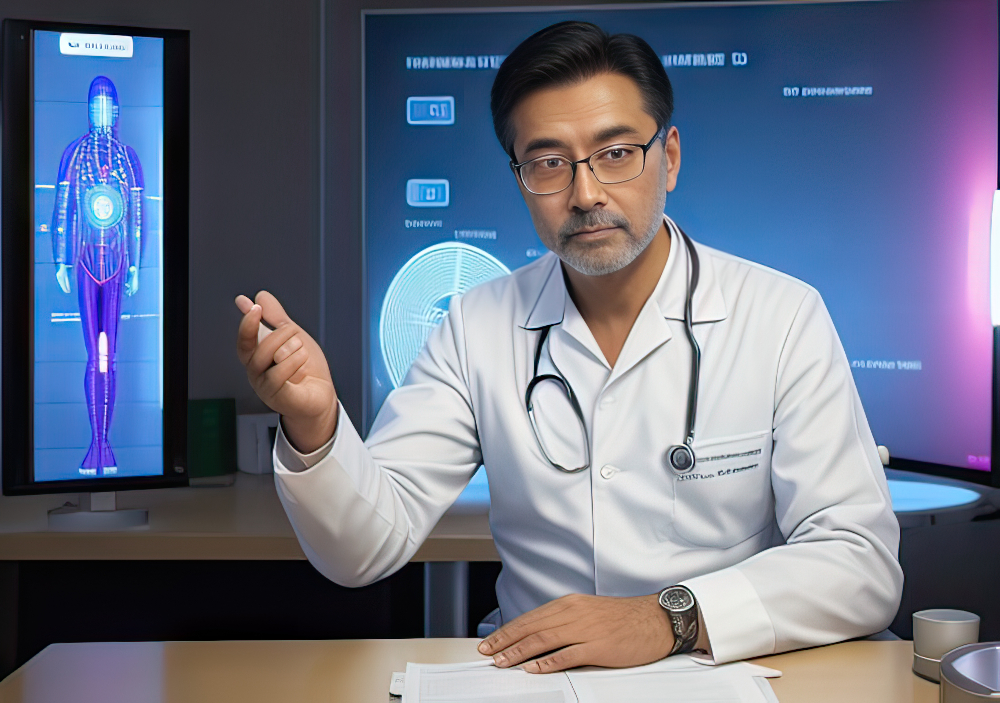In India, nearly 70% of the population resides in rural areas, primarily depending on agriculture and cattle farming for their livelihood. These communities frequently face financial instability due to unpredictable weather conditions affecting crop yields and livestock health. The situation becomes dire when a family member falls ill or suffers from a chronic condition, as access to quality healthcare is extremely limited in these regions.
Teleradiology has emerged as a transformative solution for addressing healthcare disparities in rural India. This technology allows the digital transmission of radiological images from remote and under-resourced areas to urban medical centers where experienced radiologists can interpret them. By doing so, teleradiology ensures that even the most isolated communities receive timely and accurate medical diagnoses.
The impact of teleradiology on rural healthcare is multifaceted and profound. Firstly, it significantly reduces the need for patients to travel long distances to seek medical consultations, which saves time and reduces transportation costs. This is particularly crucial for families who cannot afford frequent trips to distant hospitals. Secondly, teleradiology facilitates early detection and diagnosis of diseases, which is vital for effective treatment and improved patient outcomes. Conditions that might otherwise go unnoticed until they become severe can now be identified and treated promptly.
Furthermore, teleradiology plays a critical role in managing chronic illnesses. Patients with conditions such as diabetes, hypertension, or respiratory diseases can benefit from continuous monitoring and expert guidance without the need to leave their villages. This ongoing support helps in better disease management and reduces the risk of complications.
Additionally, teleradiology alleviates the burden on local healthcare providers by providing them with access to specialist opinions, enhancing the overall quality of care. It also empowers local healthcare workers through tele-education and training, fostering a more skilled and knowledgeable healthcare workforce in rural areas.
Despite these advancements, the present health scenario in India remains a toxic combination of uneven quality, high costs, frequent errors, and limited access for marginalized populations. It is observed that 70% of the population has no access to specialist care as 80% of specialists live in urban areas. Only 13% of the rural population has access to primary health centers, 33% to sub-centers, and 9.6% to a hospital (NFHS-II). Poor quality services at state-run hospitals force many people to visit private facilities.
Overall, teleradiology bridges the healthcare gap in rural India, offering hope and a significantly improved quality of life to millions. By leveraging technology, it paves the way for a more equitable healthcare system, ensuring that everyone, regardless of their location, has access to the medical care they need.
#Teleradiology #RuralHealthcare #IndiaHealthcare #DigitalHealth
Dr.Parul Dixit
Telemedicine


